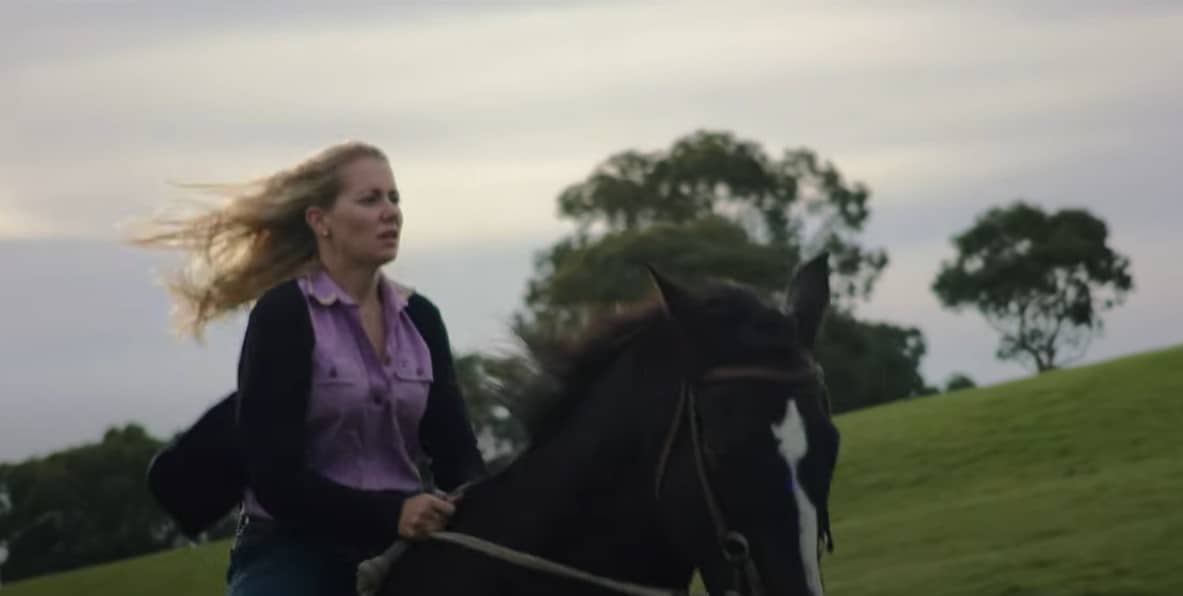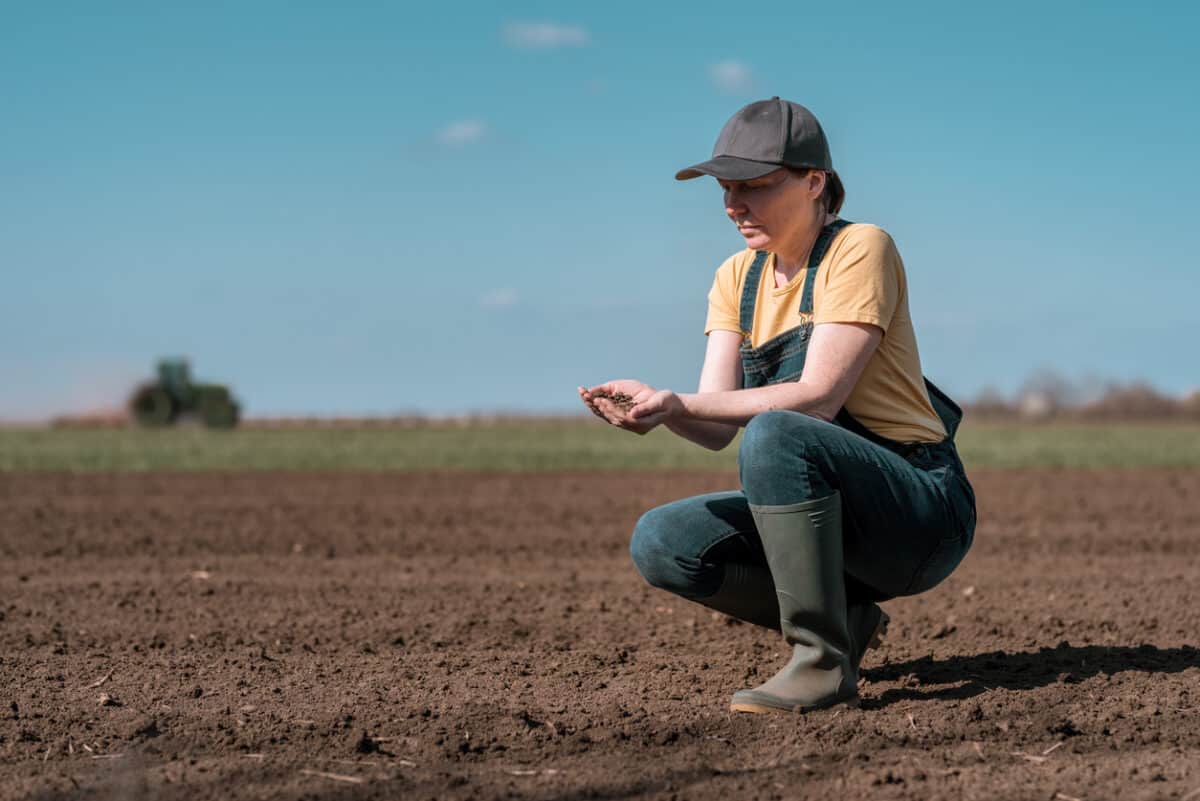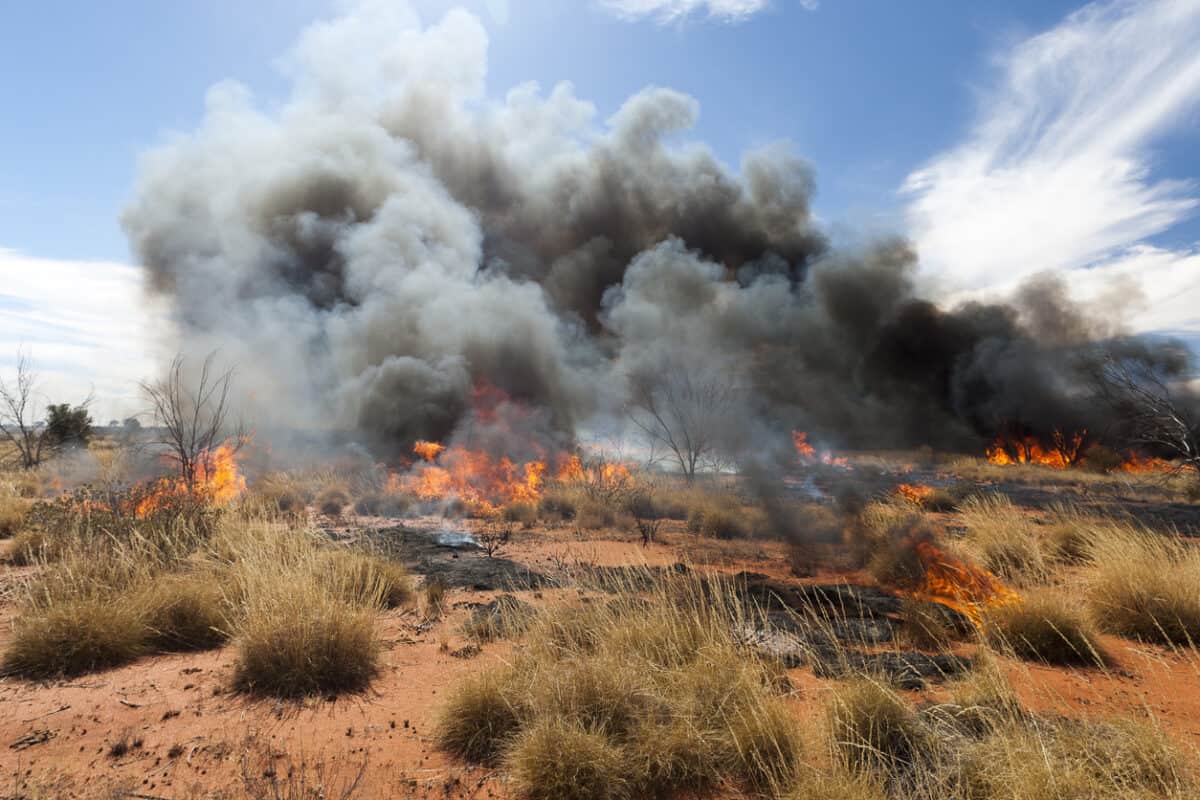On February 13th, 2024, the International Technical Committee (ISO TC 283) responsible for the design and development of ISO 45004:2024 OH&S Performance Evaluation reported that the Final Draft International Standard (FDIS) ballot yielded 54/55 supporting votes, equating to a very strong 98% international ballot approval.
ISO 45004:2024 is intended to help organisations to effectively monitor, measure, analyse and evaluate occupational health and safety (OHS) performance. OHS performance evaluation includes the organisation’s processes to assess the adequacy of activities expected to achieve intended results. OHS performance is normally evaluated using a combination of processes and sources of information such as incident investigations, inspections, audits, qualitative and quantitative indicators, culture surveys and interviews.
The new standard was published last week.
{The is a guest post by David Solomon; details are below. Some grammar changes have been applied, and hyperlinks added by SafetyAtWorkBlog]
Continue reading “New international standard for evaluating OHS performance”






